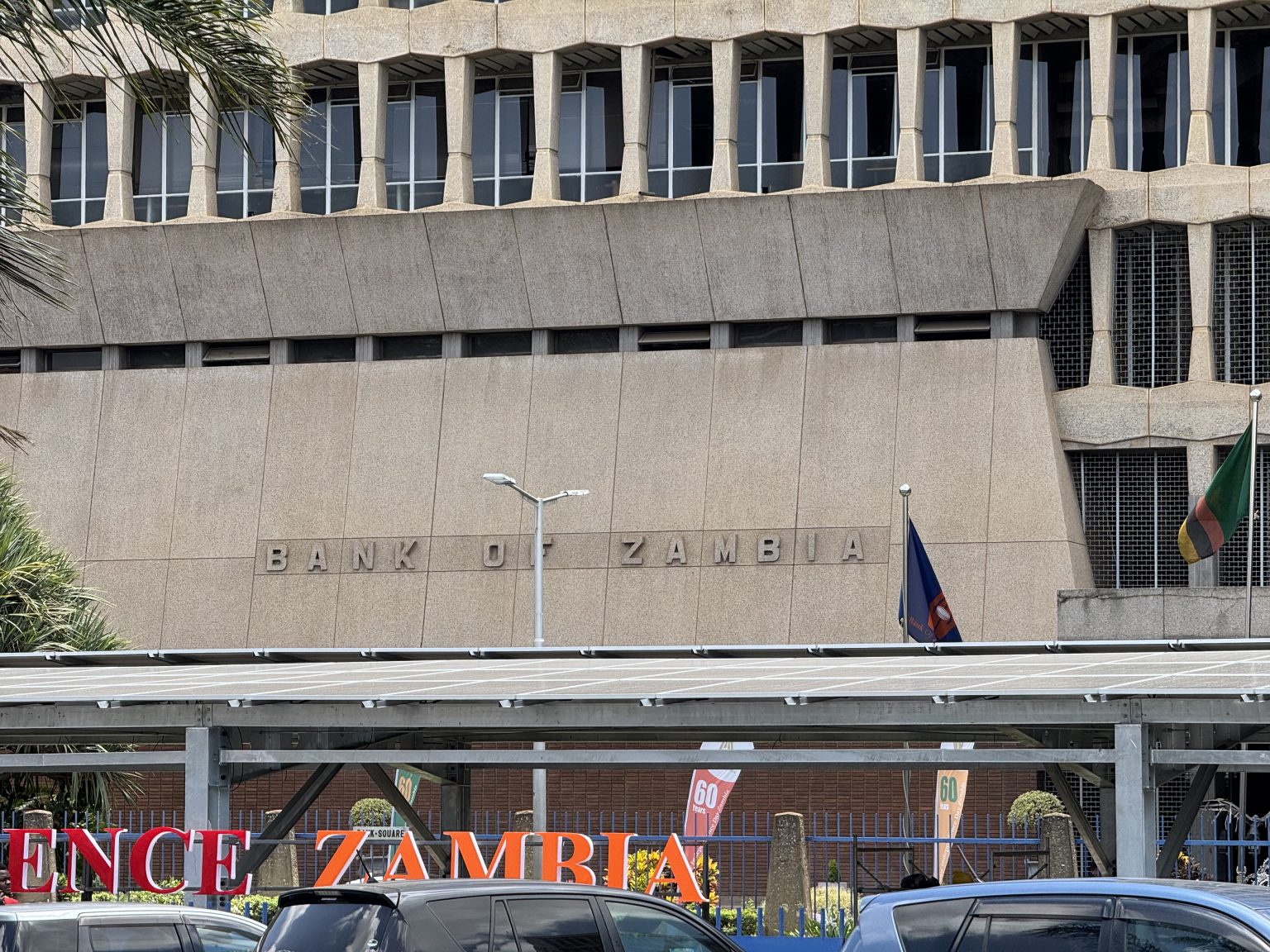Zambia’s central bank has raised its policy rate by 50 basis points to 14.5% in its first monetary policy decision of 2025, citing intensifying inflationary pressures stemming from kwacha depreciation. Speaking in the Bank of Zambia (BOZ) auditorium, Governor Dr. Denny Kalyalya attributed the inflation surge to sustained currency weakness, which has pushed inflation further from the 6 – 8% target band, now projected at 14.6% for 2025up from the prior forecast of 13.9%. Kalyalya noted that despite better precipitation so far this year, residual drought effects continue to exacerbate electricity deficits, while inflation expectations remain elevated, fueling speculative behavior and driving up costs.
Read More: BOZ Could Hike Rates Amid Drought Effects and Global ‘Trade War’ Uncertainty
Private sector activity, as measured by the Markit Economics Purchasing Managers Index (PMI), showed an uptick, rising to 50.9 in January the highest reading in 12 months surpassing December’s 50.8 reading. (50 is the benchmark for expansion – <- and contraction ->). However, lingering drought effects remain a key risk, with major dam levels, though improving, unlikely to exceed 50% capacity in 2025, keeping power rationing risks elevated. The Energy Regulation Board’s extension of emergency tariffs for three months to April is expected to add further inflationary pressure.
Foreign Exchange Market Performance
Kalyalya highlighted that kwacha depreciation accelerated to 4.5% in the latest quarter, up from 1.7% previously, driven by supply constraints and rising demand pressures for food and energy amid Zambia’s ongoing drought. This depreciation was further compounded by a strong dollar environment globally in the wake of uncertainty. Overall FX supply rose by $60.1 million, led by mining sector inflows, which climbed to $526.2 million. However, commercial banks absorbed $239.7 million in net purchases, up from $232 million in the prior quarter, while $285.5 million was remitted to BOZ for tax payments, increasing from $233.9 million previously. Net market support by the central bank stood at $197.8 million, down from $230.8 million in Q3 2024.
Amid supply constraints, interbank market purchases declined to $101.4 million from $324.4 million. Meanwhile, outstanding FX demand rose to $52.7 million, while foreign reserves increased to $4.31 billion from $4.15 billion, equating to 4.6 months of import cover, bolstered by multilateral inflows from the African Development Bank, the International Monetary Fund, and the World Bank.
Global Risks: Geopolitical and External Factors
Heightened geopolitical uncertainty, coupled with policy shifts in the U.S., could sustain a strong dollar environment, prompting further global rate hikes. Rising U.S.-China trade tensions and executive orders including the suspension of foreign aid have added to volatility, increasing inflationary spillovers.
Credit Risk and Yield Curve Implications
Despite prevailing headwinds, credit risk remains contained, with the industry-wide non-performing loan (NPL) ratio at 4.0% as of December 2024 well below the 10.0% prudential threshold. To support small and medium-sized enterprises (SMEs) facing drought-related disruptions, BOZ offered a K5 billion ($136 million) life line to the market in Q4 2024.
In the bond market, the yield curve flattened significantly in Q4 2024, but upside risks persist. Potential budget shortfalls, exacerbated by external shocks such as the U.S. suspension of foreign aid posing risks to Zambia’s healthcare funding could push the government to tap domestic money markets, exerting upward pressure on treasury yields. The total stock of government securities stood at K229.4 billion, with non-resident holders accounting for 25.2%.
Copper Sector Rebound and FX Implications
Zambia’s mining sector closed 2024 on a strong note, with copper production rising 12% to 820,670 metric tons, supported by increased output from previously constrained mines. This recovery is expected to bolster FX inflows, as higher mineral royalties strengthen government revenue. With London Metal Exchange copper prices trading in the $9,000 – $9,500 per metric ton range, the outlook remains bullish, underpinned by global decarbonization efforts, rising smelting capacity in Asia, and a structural copper deficit. Given Zambia’s elevated debt obligations, sustained copper exports will be critical in managing external liquidity and fiscal stability.
Global Risks: U.S. Political Shifts and Trade Tensions
Donald Trumps return to the White House has introduced fresh volatility into global treasury and currency markets, reinforcing a strong dollar environment that could weigh on emerging and frontier markets. Meanwhile, escalating U.S.-China trade tensions and a series of executive orders including the suspension of foreign aid have heightened uncertainty, with inflationary spillovers likely.
Fixed Income Outlook and Market Developments
Looking ahead, BOZ will seek to raise K1.8 billion in its second government bond auction of 2025. The issuance will include non-benchmark bonds in the 2, 7, and 15-year tenors, while 3, 5, and 10-year bonds will serve as benchmarks. Zambia will add new notes and coins to the currency family characterized by 6 new notes and 6 coins earmarked for launch on 31 March. This is a move aimed at protecting the legal tender against counterfeiting and other threats to the integrity of the currency.
As of 12:19 PM in Lusaka, the kwacha was trading at 28.05/28.40 per dollar.
The Kwacha Arbitrageur

